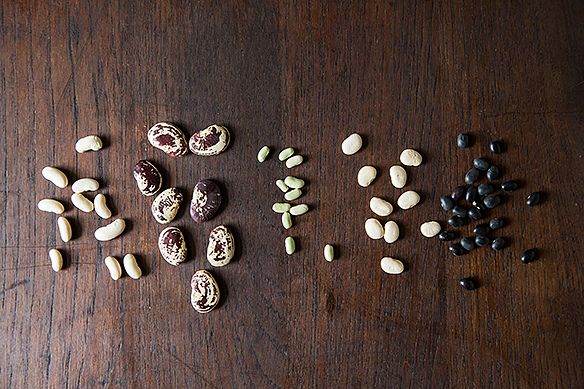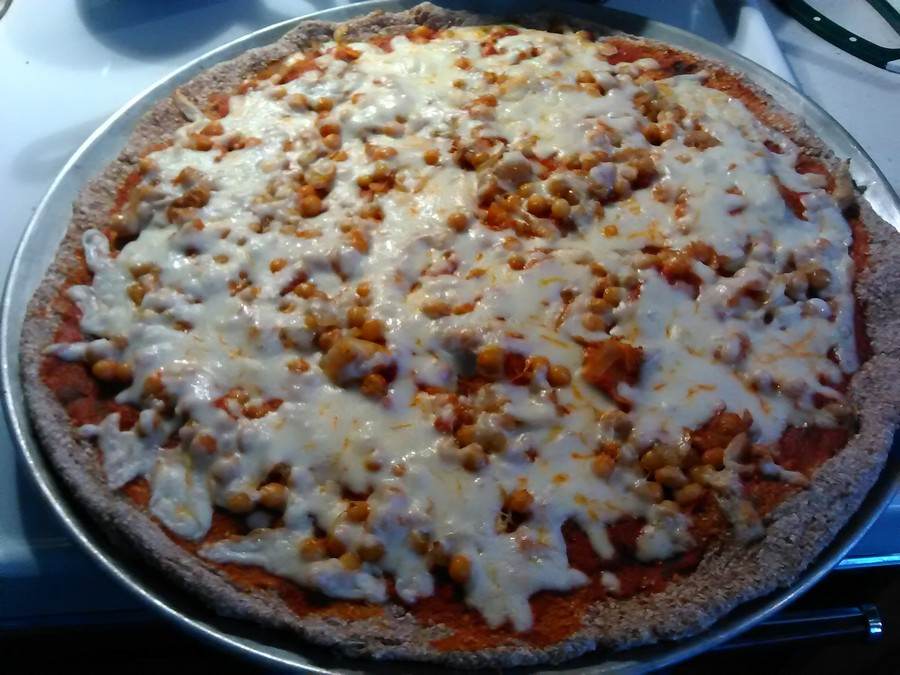




Idle dreamer








Visit Redhawk's soil series: https://permies.com/wiki/redhawk-soil
How permies.com works: https://permies.com/wiki/34193/permies-works-links-threads
 1
1




“The most important decision we make is whether we believe we live in a friendly or hostile universe.”― Albert Einstein
 1
1





 1
1




Works at a residential alternative high school in the Himalayas SECMOL.org . "Back home" is Cape Cod, E Coast USA.
 1
1




“The most important decision we make is whether we believe we live in a friendly or hostile universe.”― Albert Einstein















“The most important decision we make is whether we believe we live in a friendly or hostile universe.”― Albert Einstein
 3
3




“The most important decision we make is whether we believe we live in a friendly or hostile universe.”― Albert Einstein
 1
1





Idle dreamer





 2
2




R Ranson wrote:Rebecca, please share yummy recipe ideas.

Works at a residential alternative high school in the Himalayas SECMOL.org . "Back home" is Cape Cod, E Coast USA.
 1
1





































“The most important decision we make is whether we believe we live in a friendly or hostile universe.”― Albert Einstein




















John Weiland wrote:!!WOW!!
At 30.5 Mb, not a small download, but 196 pages of free information on Pulse crops, factoids, and recipes:
http://www.fao.org/documents/card/en/c/3c37a47f-228c-4bdc-b8a5-593759464eb4/?utm_source=facebook&utm_medium=social+media&utm_campaign=fao+facebook
 1
1















R Ranson wrote:For my computer, I hover the mouse near the top of the screen and a menu shows up. I made a picture with an arrow of what to click to download the document.
 2
2















 Very informative.
Very informative.








Casie Becker wrote:Based on the discussion in this thread I added some baking soda to the pot the last time I cooked beans. I finally managed a pot of beans with the perfect texture.

I'm actually cooking a large pot right now to pack up for our trip. Properly seasoned with garlic and ginger they travel well. Combined with other ingredients they'll be good for any meal. (Add to eggs in the morning, roll up with vegetables and cheese in a tortilla, eat alone with corn bread... this might not be a menu you want to attempt for the first time on a long car trip.
 1
1





"This is a relative newcomer to the culinary scene. The danger is that pressure cookers cook foods too quickly and at temperatures above the boiling point. A flameproof casserole is ideal for grains as well as for stews. Traditional cuisines always call for a long, slow cooking of grains and legumes."
"We're all just walking each other home." -Ram Dass
"Be a lamp, or a lifeboat, or a ladder."-Rumi
"It's all one song!" -Neil Young
 1
1











 1
1




What type of pot did you use on the woodstove? I think mine gets too hot for a clay pot, perhaps cast iron? The one in this house isn't really designed for cooking, just heating with a flat top.
"We're all just walking each other home." -Ram Dass
"Be a lamp, or a lifeboat, or a ladder."-Rumi
"It's all one song!" -Neil Young











 2
2





http://www.popcliq.com (web development), GoPermaculture Food Forest http://www.permies.com/t/57687/forest-garden/Permaculture-Food-Forest-suburban-permaculture, Sea Buckthorn (Seaberry) grower (hobbiest) https://www.facebook.com/michelle.bisson.37, zone 3b/4b (borderline) Quebec Canada




Kansas City, MO USA, Z6
 1
1




Idle dreamer
 1
1











 2
2




 1
1




Don't let perfect be the enemy of good.




K Putnam wrote:I am in the camp that beans should hold their shape in the pot but be soft in your mouth. I find anything else unpleasant.
But, for those new to beans, let's also talk about salt. Beans need salt to bring out the depth of flavor. A bean that tastes bland will suddenly pop with flavor at the right amount of salt. At lot of these recipes have you adding a teaspoon of salt to a pot. I imagine their cookbook editors were terrified of people with high blood sugar. Obviously, you don't want to over-salt, but if your beans are tasty boring, carefully up the salt and see if you hit a new flavor threshold.




Casie Becker wrote:.... If I were really worried that it wasn't cooked enough, I would eat a small amount and see if I became nauseated within the next three hours...
Kansas City, MO USA, Z6
 1
1




 1
1





| I agree. Here's the link: http://stoves2.com |








